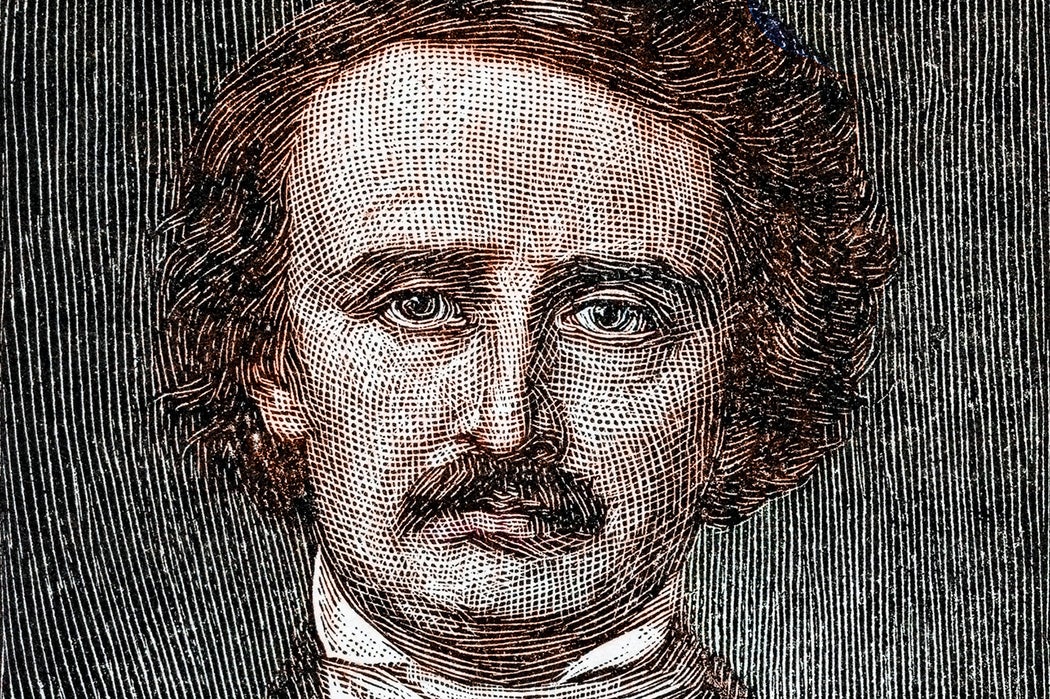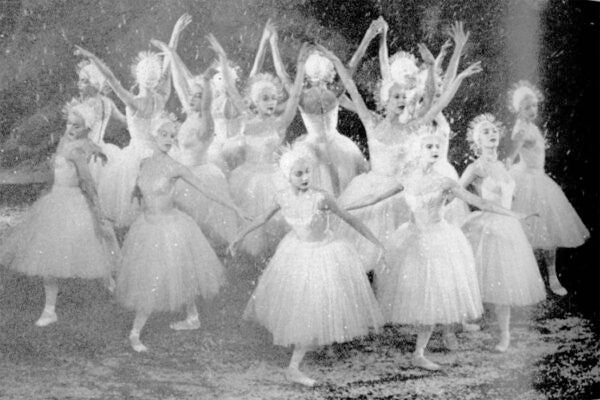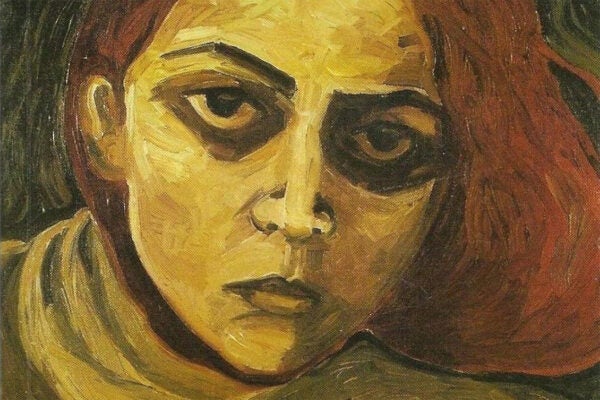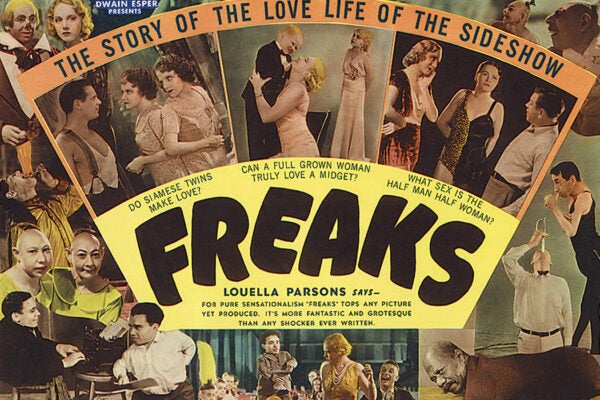Edgar Allan Poe died in 1849 at the age of forty in Baltimore, Maryland. The mysterious circumstances of his death only added to his Gothic-y myth—which, 176 year later, is as potent as ever.
In life, Poe was best known as a literary critic; the Library of America edition of his Essays and Reviews runs to 1544 pages. More popularly, he also made a splash with the highly successful poem “The Raven” (1845). But what we remember best today are the “tales of the grotesque and arabesque” that have imprinted themselves upon generations, including “The Fall of the House of Usher,” “The Cask of the Amontillado,” “The Pit and the Pendulum,” “The Murders in the Rue Morgue,” and “The Purloined Letter,” among others.
His influence has been profound. Fyodor Dostoyevsky admired him. Charles Baudelaire translated him, inaugurating Poe-mania in France. Jules Verne carried on his flame, writing a sequel to Poe’s novel The Narrative of Arthur Gordon Pym of Nantucket. H. P. Lovecraft called him his “God of Fiction,” and probably made eldritch sacrifices on his altar. Vladimir Nabokov’s original title for Lolita was The Kingdom by The Sea, taken from “Annabel Lee,” Poe’s last completed poem.
Beyond other writers, Poe was also foundational in the development of the genres of horror, science fiction, and detective fiction. The Mystery Writers of America even named their awards for excellence in the mystery genre the Edgar Allen Poe Awards, or Edgars.
More than 240 film or TV adaptations of Poe’s work (or life) have been made. This makes him one of, if not the, most filmed authors of the nineteenth century. Notably, the first movie adaptation of Poe was what we’d now call a biopic: D. W. Griffith’s Edgar Allen Poe (the middle name is misspelled in the original title) of 1909. Like most biopics, it’s more about the legend than the life, helping, of course, to increase the legend.
The twenty-first century hasn’t seen any let-up in Poe culture. But a funny thing has happened. It’s not so much of “yet another version of ‘The Pit and the Pendulum’” as an unexpected transformation of character (besides, Vincent Prince is dead).
“Poe looks on-screen more at ease as a post-millennial detective hero than as the doomed, however talented writer we know he was in the nineteenth century,” writes scholar José Manuel Rodriguez Herrera.
Herrera explores how Poe has evolved across media and through fandom into someone curiously resembling Sherlock Holmes, another nineteenth century character who has had a strong revival in our century.
“A whole host of reasons are ready at hand to explain this new transmedia phenomenon of the Poe/Sherlock convergence,” he writes. “Poe’s characters and persona and Sherlock Holmes have been continuously thriving, not only in the early digital age but also, more exponentially, in our crossmedia/transmedia era.”
There’s some circularity to all this. Poe’s character C. Auguste Dupin was one of the acknowledged inspirations for Arthur Conan Doyle’s character Sherlock Holmes. Holmes meanwhile has been successfully reincarnated in two major ways this century, with that success spilling over into revisions of Poe. One is as a steampunk/Victorian action hero portrayed by Robert Downey Jr. The other is as a more authentic-to-the-stories sociopath portrayed by Benedict Cumberbatch, only updated to twenty-first century London.
Poe has become Sherlockian. He’s now an eccentric forensics-expert detective, right down to dabbling with dissection. Herrera concentrates on the movie The Raven (2012), in which Poe battles a serial killer who claims to be one of Poe’s “biggest fans,” so much so that he emulates Poe’s stories. As Herrera notes, serial killers and biggest fans are anachronisms to Poe’s time, but the movie is consciously made to mash-up genres and audience expectations.
Weekly Newsletter
Since the publication of Herrara’s article, The Pale Blue Eye (2022; based on a novel of the same title) has been released. In this movie, the young Poe is a West Point cadet who assists a retired police detective with some seemingly bizarre mutilation-murders.
So, Poe-the-detective is outpacing the Poe-the-storyteller. Is the erstwhile West Point cadet, who intentionally got himself court-martialed and expelled, becoming a new action hero of our times?







